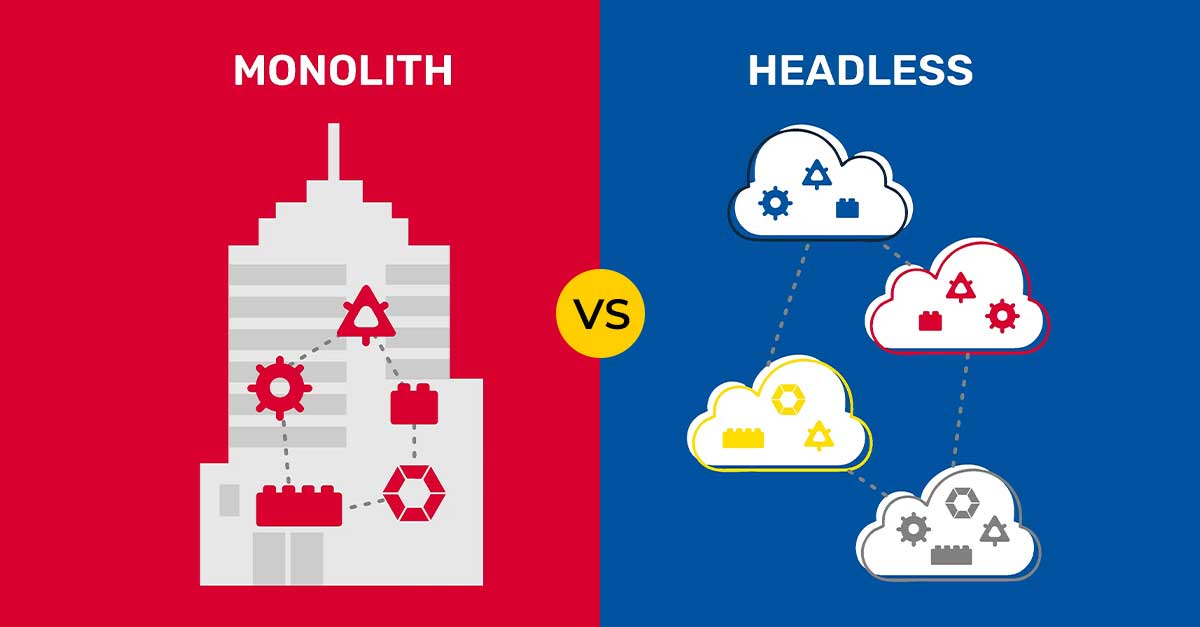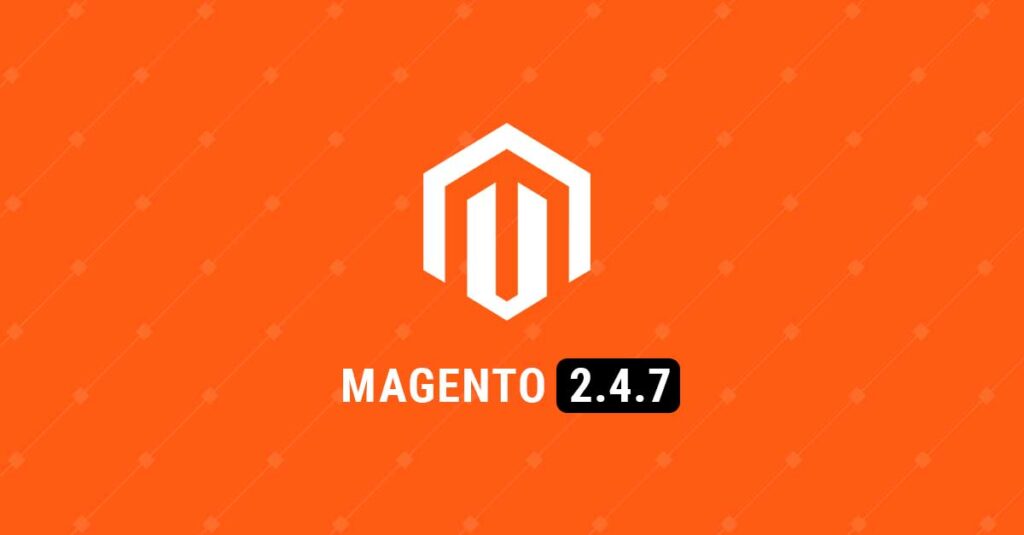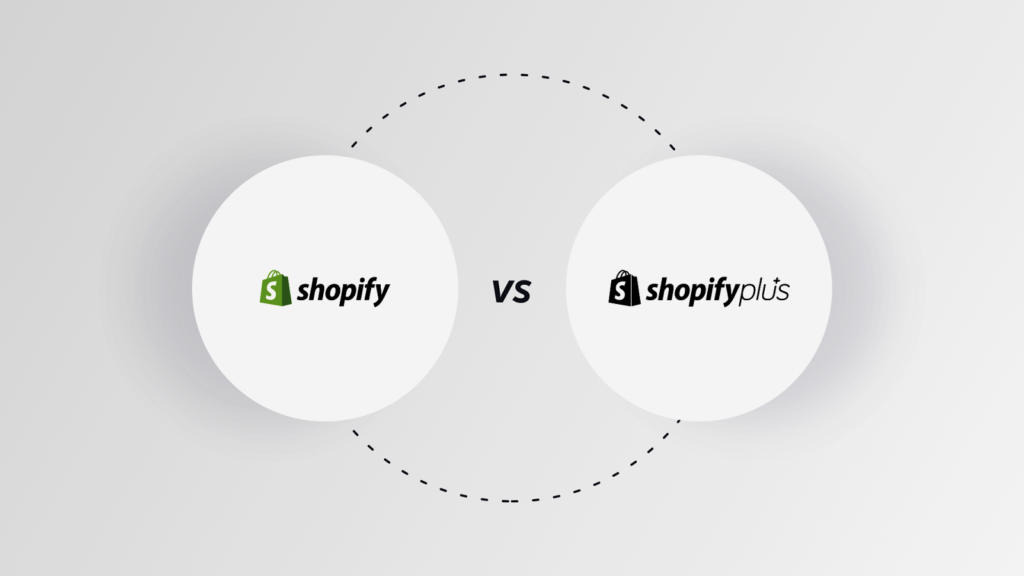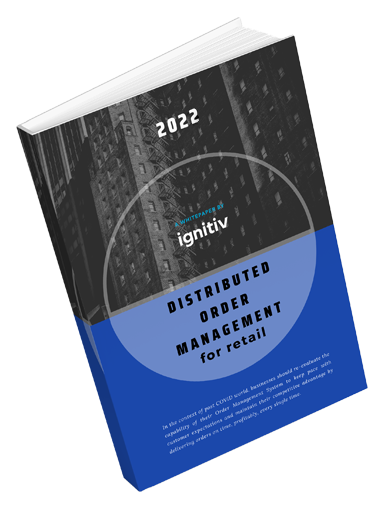The eCommerce space is quickly becoming ultra-competitive. As a result, more and more businesses are looking for innovative ways to differentiate themselves and stand out in the marketplace — something that has ignited a shift away from traditional, monolithic eCommerce platforms toward headless commerce solutions.
However, with so much information and so many opinions going around in the industry regarding this developing trend, it’s hard to separate fact from fiction.
This article aims to provide the definitive answer and synopsis of both headless and monolithic eCommerce by comparing and contrasting the two.
What Is Monolithic Architecture?
The term monolithic architecture refers to a software design pattern. It is characterized by a single code base and an inherent coupling between components. Many applications have this architecture, including web servers and operating systems.
A monolithic application typically has an all-inclusive code base that includes all its modules, libraries, and dependencies. This means that the entire application runs as a single unit without external dependencies or other application support. In essence, the entire application fits onto a single executable file. This makes it easy to deploy and run on any machine with the minimal starting overhead required.
Pros and Cons of Monolithic Architecture
Monolithic architecture makes it easy to update and improve the website. It’s ideal if you’re looking to integrate different systems into your site. Plus, you can use monolithic architecture to build an eCommerce store on top of an existing website without completely rebuilding the entire thing.
However, the downside is that this type of architecture can be challenging to scale and manage as your audience grows. In effect, you would need to make changes across the entire code base even if you are looking to just make some changes at the front end. This means that it may not be a good choice for businesses aiming to expand quickly in the future or looking to respond with speed and agility to customer requirements.
What Is Headless Architecture?
Headless architecture is a software architecture pattern that decouples the front end from the back end. Web applications were the original market for headless architecture, but many eCommerce platforms have adopted it.
Headless architecture, also known as a “headless CMS” or a “headless platform,” allows you to build applications and websites without having to write code for multiple pages. Instead of managing all of these pages separately, the headless architecture enables you to create one piece of code for display on different pages.
This means that instead of managing a separate page for each product page, you can manage one page—the product page—and then display it on multiple websites using different templates and stylesheets. Forbes reports that over $1.65 billion in funding was raised for headless technologies in 2020–2021, and understandably so.
Pros and Cons of Headless Architecture
Headless architecture is an excellent option for eCommerce companies that want to use an open-source platform without restriction to a particular set of features. It’s also great for companies that want to make the most of their developers’ time by empowering them to focus on the most critical parts of their software architecture.
But headless architecture can also present some problems. For example, if you built your site using headless architecture, you’ll have to take extra steps to keep search engines crawling your content. Going headless can be a challenge since many crawlers aren’t yet optimized for headless sites.
Headless vs Monolithic eCommerce: Difference Between The Two Architectural Approaches
1. Headless Commerce Is “Cut” From the Backend
Headless commerce is a back-end delinked approach to eCommerce. It’s designed to provide a robust set of APIs and services that you can use to power an entirely separate front-end application. This helps developers build a custom experience while still accessing all the capabilities of the eCommerce platform they’re using.
2. Monolithic eCommerce Is a Full-Stack Solution
Monolithic eCommerce is a full-stack solution that includes everything from the back end to the front end. It’s where all of your site’s functionality lives in one place. It includes all your site infrastructure and an admin dashboard where you can manage your store’s content and metadata, including product descriptions and tags.
3. Headless Commerce Offers Extensive Customization
Headless commerce offers much more flexibility than monolithic eCommerce when customizing your site’s user experience. That’s because, in a headless architecture, there is no single point of failure — no one component that can crash and take the whole system down.
Because each component lives in its server, you can scale it up or down as needed. If you want to make some changes to your layout or design, you can do so without affecting other parts of your site.
4. Monolithic eCommerce Creates a Single Workflow for All Departments
Unlike headless architecture, which allows for independent scaling and deployment of different components, monolithic architecture requires all components to work together to function.
That means that if you want to change how one thing works on your site (say, removing something from a drop-down menu), it’ll affect everything else that uses that drop-down menu.
5. Headless Commerce Offers Two Levels of Programming
Headless commerce offers two levels of programming: a microservice-based system and an API-first interface. Microservices are small, modular applications that perform a single function. You can develop and deploy them independently, so scaling or updating individual services does not have to affect other system parts.
6. Monolithic eCommerce Remains a Choice for Smaller Businesses
Monolithic eCommerce remains a choice for smaller businesses because it allows them to focus on one thing — providing an excellent shopping experience — without worrying about building their website or managing it themselves.
7. Headless Commerce Requires a More Initial Investment
In a headless commerce architecture, businesses have to make a larger initial investment because they’re developing a new system for product catalogs, search results, tax calculations, shipping rates, and more. However, ownership costs are lower in the long run because they don’t need to maintain multiple systems.
8. Monolithic eCommerce Features a Higher Cost of Ownership in the Long Run
Monolithic eCommerce is the opposite: it has a smaller initial cost but higher long-term costs. In this approach, you only build one system that manages product catalogs and search results, and the costs could proliferate down the line.
Headless vs Monolithic eCommerce: Use Cases
Monolithic
Monolithic eCommerce is a good choice for companies that want to use a single system to handle their eCommerce and customer relationship management (CRM) needs.
An example of this would be a company with a robust CRM platform but also a large amount of customer data in their eCommerce system. However, they don’t need to send this information back and forth between systems. Instead, they can use one platform to manage the entire lifecycle of their customers’ experience with the company — from purchase to support.
Headless Commerce
Besides being a boon for nurturing seamless digital experiences across web and mobile applications, headless commerce stands out when it comes to weaving in the potential of different customer touchpoints. For instance, with headless, businesses can enable consumers to leverage existing tools and technology, like Amazon’s Alexa or Google Home, to shop online without having to go through the hassle of visiting the site. The benefits of headless commerce are clear—brands save time and money, and they can focus more on what matters most: growing their business.
Still unsure which platform you should use for your eCommerce store? Connect with our experts to learn more.








